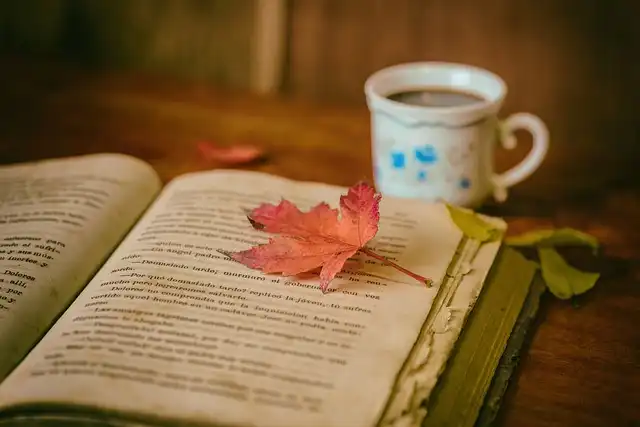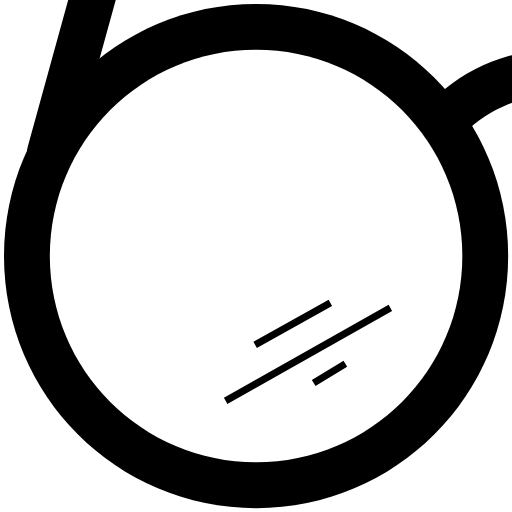Jane Rawson moved to ‘unspoiled’ Tasmania to outrun climate change, but the fearful questions followed

Leavening this downbeat mood is Rawson’s enduring sense of wonder and her humour, epitomised in her relations with the families of quolls and pademelons that cohabit her property in their unruly “wild” way, along with the snakes, the fairy wrens, and the microbats that shit in the walls.
Rawson is aware that, in her new home in Lutruwita, she is a middle-class settler on unceded Palawa land and, like many of us, an heir to the spoils of a violent intrusion. The inquiry she asks herself is what that indicates, and what she will certainly make with that understanding.
Leavening this downbeat mood is Rawson’s sustaining feeling of marvel and her humour, epitomised in her connections with the family members of quolls and pademelons that cohabit her building in their unmanageable “wild” way, together with the snakes, the fairy wrens, and the microbats that shit in the wall surfaces.
In 2015, Rawson published a book with James Whitmore called The Manual: Living and surviving with Climate Change. That was back in those (slightly) less ludicrous times in the lead-up to the signing of the Paris Agreement, in which 174 nations and the European Union intended to decrease global carbon discharges in order to restrict international home heating to 1.5 degrees above pre-industrial levels.
The important things we call wilderness: is it the imagine a physical retreat from the repercussions of our activities? If wilderness exists, does it inform us that we can shape the world to our own advantage and yet leave it basically intact?
Rawson sets out to make this a book of questions as opposed to solutions. Because, to return to the scene of our collective existential crisis, the problem is not simply a matter of technical solutions; Rawson recommends that we fear the questions. This book is just “outrageous” in so far as we locate ourselves in the incredible circumstance where, as Fredric Jameson wrote, “it is currently less complicated to envision the end of the world than the end of industrialism”.
David Carlin does not help, get in touch with, very own shares in or get financing from any type of company or organisation that would certainly gain from this short article, and has actually revealed no relevant associations past their scholastic visit.
And once again: if we hope that the talismanic thylacine can be brought back from termination with DNA magic, or that the superb charm of Lake Pedder could be restored, what is the previous splendor we are intending to recreate? What is the “balance”, the Romantic “state of nature”, we are nostalgically looking for? Are we merely bolstering the human/nature split by inverting its top priorities?
The transfer to Tasmania becomes a throughline that allows all sorts of tough inquiries to arise, prepared around a series of those moving, forward-slashed oppositions: advancement and termination, human intelligence and contamination, pureness and ignorance, treatment and killing.
This is a story with specific grip in the family tree of European idea, in which Aristotle begat Descartes begat Charles Lyell, Alfred Russel Wallace and Carl Linnaeus. The able-bodied European male human was inscribed– by himself, no less– as at the natural peak of the hierarchy of beings: the most intelligent, one of the most rational, and consequently deserving of the spoils.
The concept of “wilderness” as a location apart from human beings contradicts all that Indigenous expertise tells us about concepts of custodianship and relationships to Country. The term aided justify colonial usurpation of Indigenous land, deemed to be “unused”.
In her new publication, Rawson draws at the strings of this story and enjoys it unravel. Rawson establishes out to make this a book of questions rather than responses. Because, to return to the scene of our collective existential situation, the issue is not merely an issue of technological remedies; Rawson suggests that we fear the inquiries. If a types is not on the endangered checklist, should we have any agitations when farmers (like Rawson’s brand-new neighbour) have licence to cull as they see fit to shield their residential or commercial property and source of income? Rawson, currently in her mid-fifties, locates herself besieged with “an unshakeable sadness” birthed of a job adhering to so very closely the accumulating proof of eco-friendly disaster.
The Handbook laid out, as manuals do, to be a practical (“smart”) overview for day-to-day individuals. Written in a cozy and approachable style, it intended to “provide you tales and guidance from individuals that are already quietly doing fantastic things”.
If a variety is not on the intimidated list, should we have any type of agitations when farmers (like Rawson’s brand-new neighbor) have permit to cull as they please to shield their building and resources? If you learn that a stunning blossom, or an entrancing lyrebird, is an intrusive types, do you need to discover to locate it ugly? Why do we shrink in horror from the concept of our dead flesh being digested by insects and worms, as if even after fatality we yearn to continue to be unpolluted and different?
The threat of self-deprecation is that it can be thrown back in your face. I do not suggest to do that, even to ask: what is it concerning this genuine book that moves its author to reject it, also in passing, as ridiculous? What does it mean? What is it a sign of?
This is an absurd publication. That’s not my viewpoint or choice of words. It is just how Jane Rawson, the author, describes Human/Nature within its own pages. It’s a throwaway comment, possibly one an editor would have examined– the sort of loosened thread that might conveniently have actually been clipped with nobody the better.
: when we state something will be “excellent for the setting”, what is the odd but normal-seeming method of believing that permits us to put “the environment” in a soft-and-fuzzy, carefree container different from all our various other “human” concerns? It is as if take care of “nature” is a high-end we have to disregard despite the realities of “cost of living” pressures; as if inequalities are not delicately and completely attached.
When she and her hubby made the timeless tree change from inner-city Melbourne to semi-rural Tasmania, component of her thought Tasmania would certainly be secure from environment adjustment. Tasmania was a location of untainted wild: an area where Rawson can return in time “to the moment before everything failed”, while not really feeling “like my really presence is fucking points up”.
Since truths usually prove incapable of changing minds or behaviour, lots of artists and writers are checking out methods to damage and confront via the old tales and power structures that seem to have us, collectively, in their thrall. Among these old tales is the one that claims that humans are separate from, and above, all other living (and non-living) beings.
This unhappiness is personified in the number of her aging papa, who liked bushwalking and outdoor camping, but is currently lost to her in the limbo of advanced Alzheimer’s. Her ideas return to him repeatedly, these web pages standing for the discussions she can not have with him.
Ten years later, the faltering activity in the direction of decreasing fossil-fuel contamination remains to come up against resistance from vested interests. With evidence the threshold of 1.5 degrees warming up might have been exceeded, it is tough not to feel paralysed in the face of the numerous assaults on reality, consisting of bait-and-switch nuclear dreams.
I am old enough to keep in mind the power of the Peter Dombrovskis photographs of the very early 1980s, which were so essential in galvanizing assistance for the No Dams motion that was battling to “save” the Franklin River. It was an essential success, I still believe.
In her new publication, Rawson pulls at the strings of this tale and sees it unravel. Her focus dwells in the nuance and complexity of the forward-slash that cuts in between Human and Nature in her title, and the typographic slippage of Nature onto a line listed below. Each phase in this publication, which reads like a chain of woven essays, invites a brand-new slide, down and across, right into a happily significant disturbing of assumptions.
Rawson, in burrowing from inquiry to question, not just makes use of existing occasions and newspaper reports, but a vibrant range of thinkers and essayists in environmental approach and related fields, including Val Plumwood, Anna Tsing, Thom van Dooren, David Abram and Hayley Singer. If one impact of reading Human/Nature is to encourage the reader to dive better right into this mycelial network of texts and past, then you get the really feeling the writer would certainly be pleased.
One by one, Rawson sorts with the desires, problems and fantasies she discovers herself lugging: the sensations of shame and despondence she confronts in herself as she looks for to live to, and energetic in, the world.
Along with these textual friends and interlocutors are other consistent existences. Guide is touched with moody. Rawson, currently in her mid-fifties, finds herself pestered with “an unshakeable despair” birthed of a career complying with so carefully the accumulating evidence of eco-friendly catastrophe.
1 academic appointment2 David Carlin
3 Rawson
« Bologna Children’s Book Fair: Calls for shorter books and pan-trade action to tackle reading crisisBooks ‘exempt from US tariffs’ – but booksellers and distributors still anticipate ‘major supply chain issues’ »
